Concrete Leaf Project: How to Create a Unique Downspout Drainage Idea

Have you ever thought about turning a simple rhubarb leaf into a stunning garden feature?
Let me show you how I created an incredible downspout drainage idea using concrete leaves.
This project is perfect for those looking to add a personal touch to their outdoor space while improving water drainage.
This post was transcribed by a member of the Hometalk editorial team from the original HometalkTV episode.
Hometalk Recommends!
Tools and Materials:
- Fresh rhubarb leaves (small, medium, and large)
- Ready-mixed concrete
- Canola oil
- Wire mesh
- Trowel
- Piece of scrap wood
- Garbage bags
- Dirt
- Water
- Mixing container
Hometalk may receive a small affiliate commission from purchases made via Amazon links in this article but at no cost to you.
1. Preparing the Leaf Mold
First, make a small pile of dirt in your garden.
Place a garbage bag on top of it.
Take a fresh rhubarb leaf and place it vein side up on the garbage bag.
This setup will serve as the mold for your concrete leaf.
2. Mixing the Concrete
Next, mix a bag of ready-mixed concrete according to the directions on the box.
Aim for a peanut butter-like consistency to ensure it's ready to use.
Concrete leaves require a well-mixed concrete to hold the shape and details of the rhubarb leaf.
3. Applying the Concrete
Brush canola oil onto the rhubarb leaf to prevent the concrete from sticking.
Spread the concrete mixture over the leaf using a trowel until it is about 1 inch thick.
This thickness ensures durability for your downspout drainage idea.
4. Reinforcing with Wire Mesh
Cut some wire mesh to fit over the concrete-covered leaf.
Place the mesh on top of the concrete to add strength.
Then, add another 3/4 inch layer of concrete over the mesh.
Use a piece of scrap wood to tamp it down, smoothing it out with the trowel.
5. Shaping and Drying
Lift the edge of the garbage bag and move the dirt around the edges to create a form.
Let the concrete leaf dry for 12 hours.
Afterward, flip it over and let it dry in the sun with the rhubarb leaf side up.
The sun will help dry out the leaf, making it easier to scrape off later.
6. Assembling the Downspout Path
Once your concrete leaves are completely dry and the rhubarb leaf has been removed, it's time to assemble them.
Place the small leaf below your gutter, followed by the medium, and then the large leaf at the bottom. This setup creates a beautiful and functional downspout water path.
Want to try another unique downspout project?
Downspout Drainage Ideas: Concrete Leaf Tutorial
This project not only serves a practical purpose but also adds a unique artistic element to your garden. Have fun creating and customizing your own designs!
Don't forget to share your experiences and photos in the comments!
Enjoyed the project?
Comments
Join the conversation
-
-
-
I really love your idea thank you I have a Mulberry tree with big leaves like this Yeaa me
 Kay Cloninger Kirby
on Aug 04, 2024
Kay Cloninger Kirby
on Aug 04, 2024
-































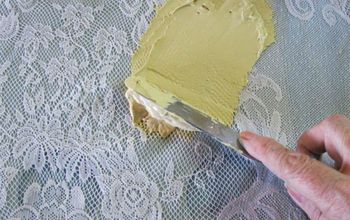

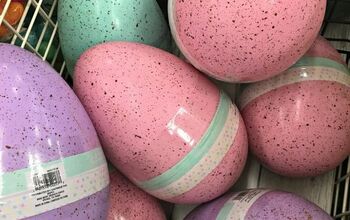

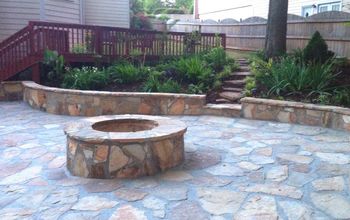





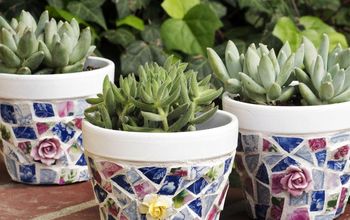

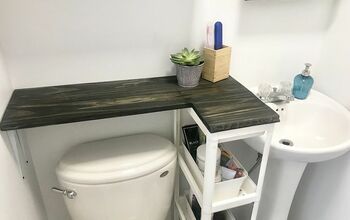



Frequently asked questions
Have a question about this project?